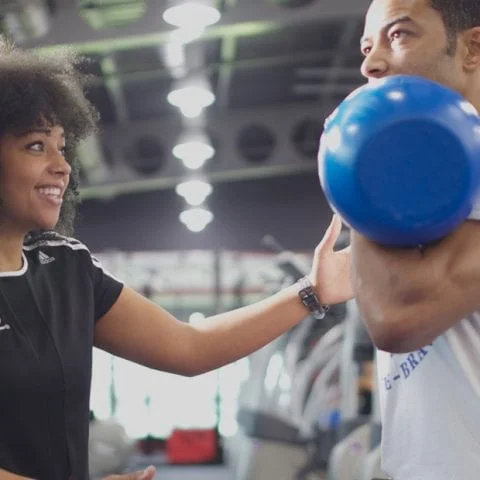The following Level 2 Principles of Exercise, Fitness and Health (PEFH) mock exam is provided as a FREE resource for anyone working towards a fitness instructor or personal training qualification, that wants to test their knowledge and understanding before they complete their final theory assessment.
The following PEFH mock exam covers a broad-range of knowledge and understanding relating to health, fitness, nutrition and exercise programming. Much of the information in this exam does require a working knowledge of functional anatomy and physiology, although the exam itself does not specifically assess such understanding. You may therefore want to work on the Level 2 Anatomy and Physiology mock exam first.
There are 40 multiple-choice questions presented in this mock exam and you will be required to answer 28 correct (70%) to pass.
Enjoy and good luck!

